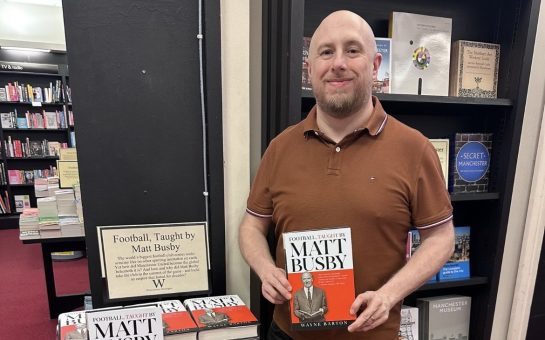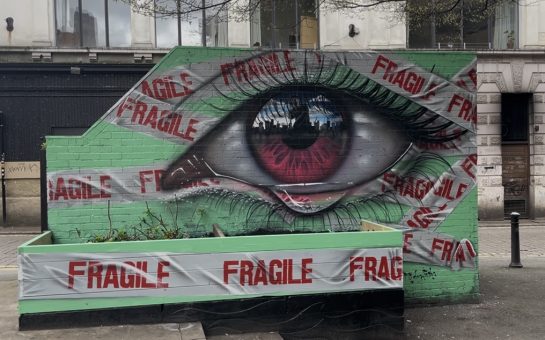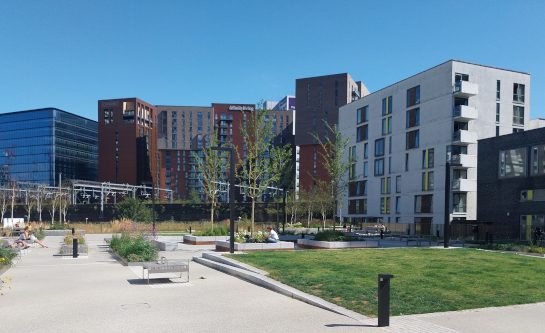A new exhibition at the Whitworth Gallery is exploring Manchester’s long history and connection with the textile industry and the material’s use in feminist art.
Work from renowned British artists such as Tracey Emin and Grayson Perry, as well as dozens of others from around the world, are on display at the ‘Art_Textiles’ exhibition, engaging with the use of textiles in art.
Manchester’s own history with textiles during the industrial revolution lends itself to the hosting of a collection of pieces which examine the material’s expressive potential.
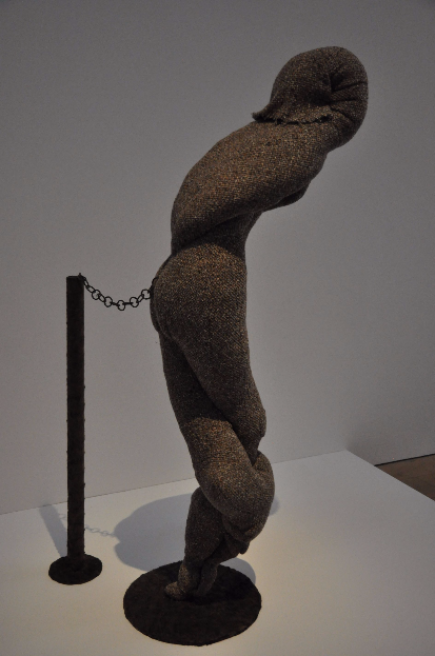
WHITWORTH EXHIBITION: A curvaceous model with twisty legs
Assistant director Jennifer Harris said: “I’m not sure that a show like this could really happen anywhere else.
“Even though textiles aren’t very important in Manchester anymore, they have really shaped the city haven’t they?
“Because Manchester existed as the kind of point of exchange for textiles on their way to the rest of the world so it really was the commercial hub of the textile industry.”
The exhibition showcases artworks from 1969 to the present day, from several different eras and cultures, by many artists for whom textiles are not their primary medium.
“Since I started working on it, it has become a much more global exhibition,” she said.
“The exhibition is quite deliberately historical. Through looking at these works around the world I started thinking ‘why would you choose to use textiles?’
“For example, some were using textiles because they were working in countries with Communist governments where to paint something about human life and was unacceptable.
“So they used textiles because they could get away with it. It was subversive.
“And when you start looking across the world, those questions about art and craft, and whether textiles can be art, still exist and you then begin to realise the next big issue – the relationship between women and art and textiles, which is so difficult to get away from.”
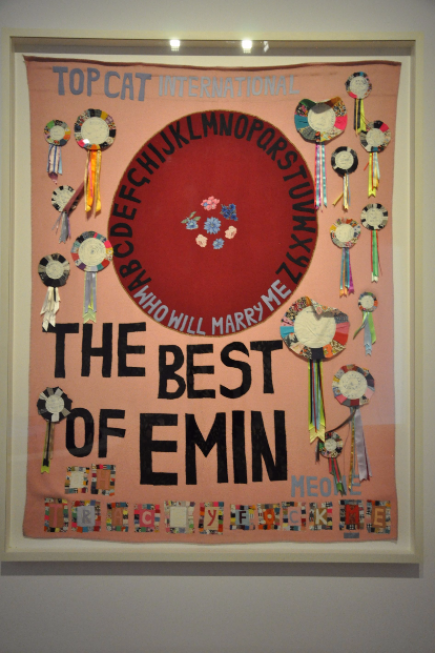
WHITWORTH GALLERY: A fusion of textile and feminism
Among the artists at the exhibition is Faith Wilding, an American artist whose landmark 1972 piece Womb Room, originally from the groundbreaking Californian feminist project Womanhouse, is on display.
However, Wilding explained: “I work hardly at all with textiles! It’s a strange accident of history really. It was never meant to leave the site. Now this is the tenth time it’s been on show – but the first time outside of the U.S.”
Wilding herself lives in America, but grew up in a South American commune with her Lancashire parents, giving her a very personal connection to the exhibition.
“My dad was born in Preston and he worked at the Manchester Co-op, and my mum is from Widnes, and I’m a British citizen so I consider myself a Lancashire person. I feel this is where my people are from.
“This is only the second time I’ve been to Manchester and it’s fascinating to me because after the Second World War my dad became a socialist and left England.
“But he was just from a somewhat educated but not at all rich family in Preston, and he found all these things out on his own.”
“I think the Whitworth is a perfect setting for this exhibition. When the director invited me, this piece was in an exhibition so I didn’t know if it would be free to come to but thankfully it was, but not only that but I was very excited to come and be here!”
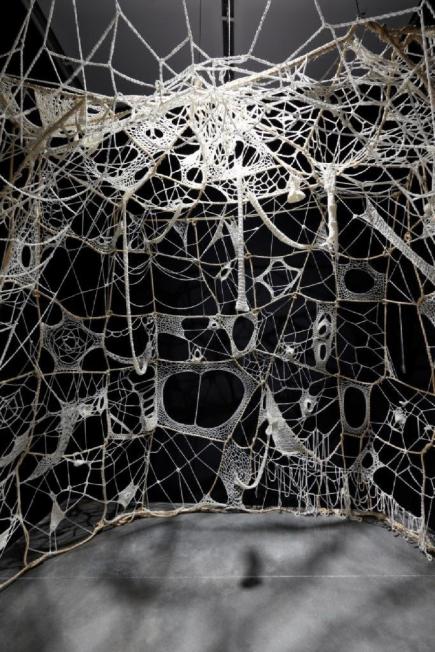
WOMB WEB: Wilding’s work pays homage to women’s domestic crafts
Her work is a flagship of the exhibition, a crocheted womb-like web installed in a small black room, which pays homage to women’s domestic crafts while challenging traditional distinctions between art and craft.
“I had been thinking so much about women’s materials and the materials that women were really good at because they’d been taught to do them at home,” she said.
“I knew how to make all that stuff as a child, and that was one of the purposes of feminist art – you know – who makes the rules that painting is the highest form of art?”
Questions like this lie at the heart of this exhibition, which is now open to visitors at the Whitworth until January 31.
Image courtesy of Oatsy40, with thanks.
